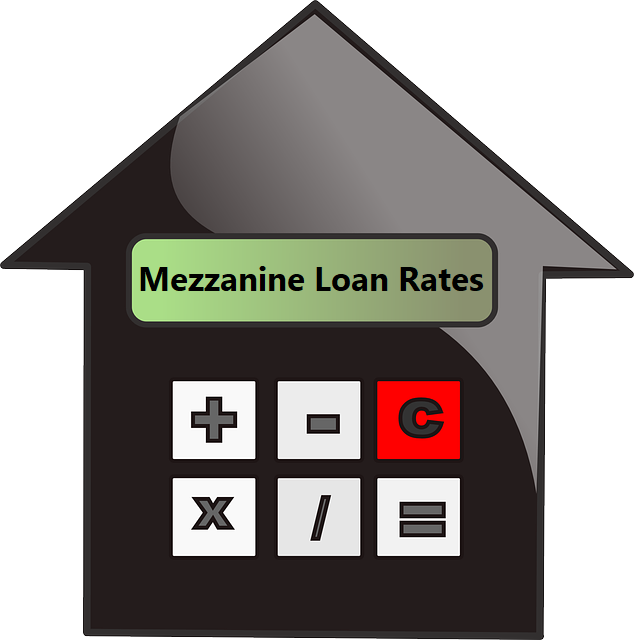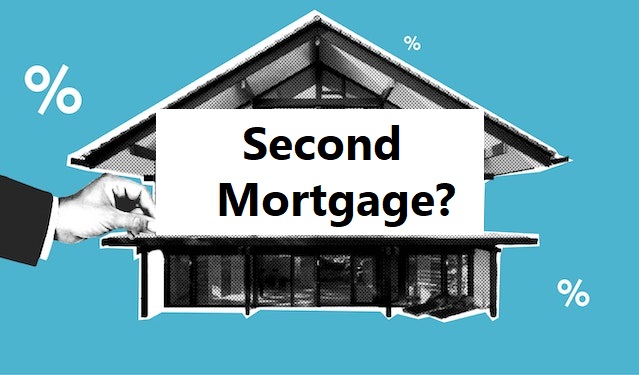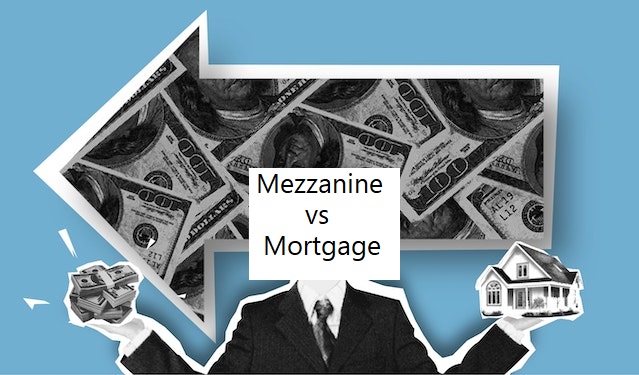What Is the Point of Mezzanine Financing?
Mezzanine financing presents a compelling and distinctive opportunity for both borrowers and investors, yielding appealing returns. Borrowers stand to gain flexibility and increased potential for returns and investors in mezzanine debt can achieve higher than average target returns in relatively short investment periods. Mezzanine financing lies in-between conventional debt and equity, creating a mutually beneficial scenario for all stakeholders involved in commercial real estate ventures.







